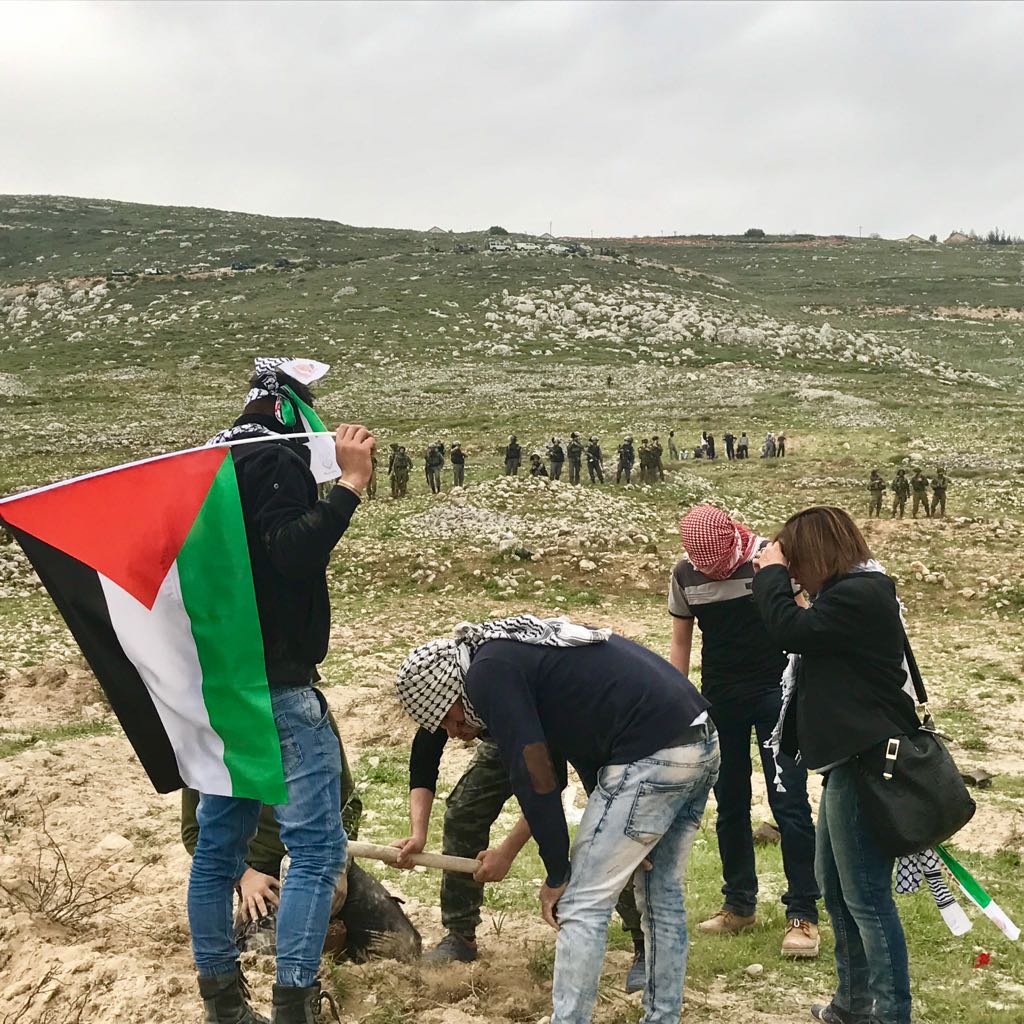Tag: Tear-Gas Canister
-
Jayyous lands again under threat
5th April 2017 | International Solidarity Movement, al-Khalil team | Hebron, occupied Palestine Residents from the West Bank village of Jayyous, east of Qalqilya, endured nightly raids by Israeli forces for a week straight in early April. Israeli occupation forces fired tear gas at resident’s homes, causing some villagers to be taken for treatment to…
-
Madama village marks Land Day 2017 under heavy military violence
31st March 2017 | International Solidarity Movement, Ramallah team | Madama, occupied Palestine Thursday the 30th of March was Land Day, a day in which Palestinians and their supporters commemorate the loss of huge amounts of land, stolen by the Zionist colonisers in 1976. In Madama village, in the Nablus area, around 300 Palestinian activists…
-
Ni’lin remembers Rachel Corrie and Tristan Anderson
17th March 2017 | International Solidarity Movement, Ramallah team | Ni’lin, occupied Palestine Today on 17/03/2017 the residents of Ni’lin alongside internationals and Israeli activists held a demonstration in memory of Rachel Corrie and Tristan Anderson, against the apartheid wall and against the occupation of Palestine. A parade of around fifty demonstrators, including Israeli and ISM…



